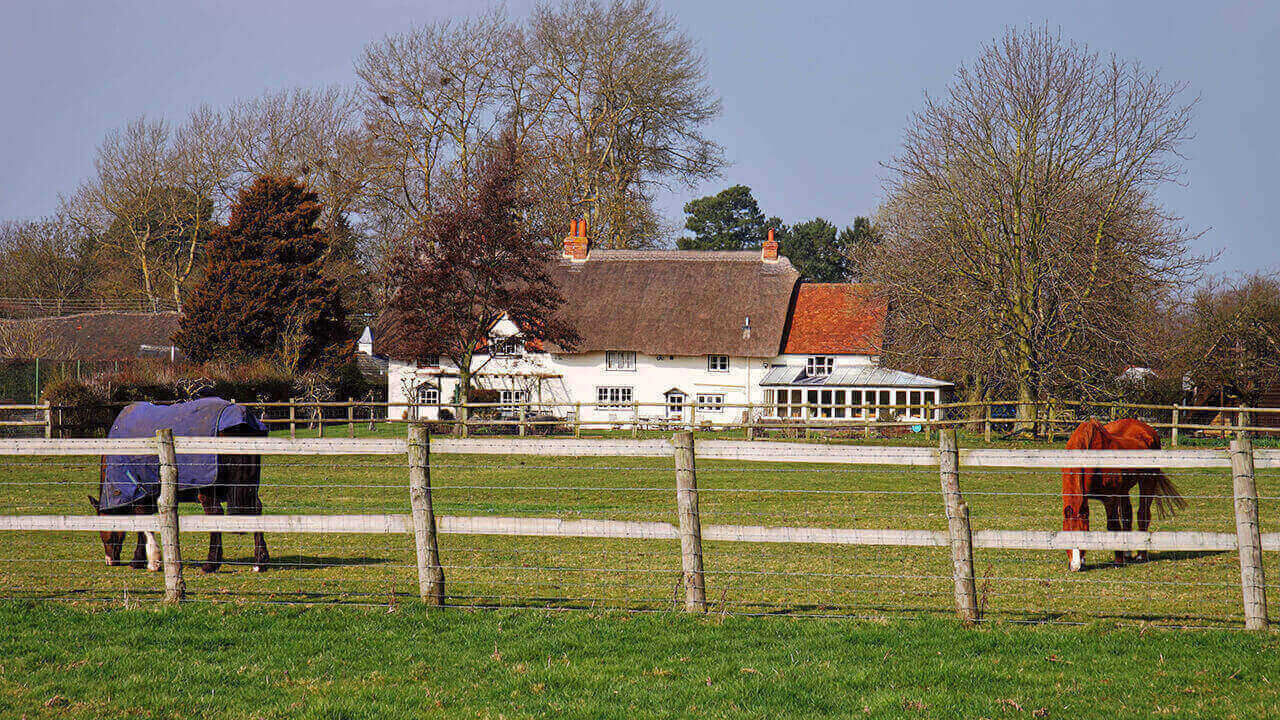Stamp Duty Land Tax has many nuances and definitions which can lead to outcomes that are not expected or are contrary to ‘common sense’. Some of these definitions are different depending on which provision or relief you are considering.
Over the last few years there has been a clear indication from Tribunals that for a purchase to be of mixed-use, both part residential and commercial, and so obtain lower rates of tax, that there had to be an active commercial use on the “effective date” (at completion), or at least a clear disconnect between the house and the land or commercial building.
The definition of “effective date” has also been reviewed in other Stamp Duty Land Tax (SDLT) cases involving multiple-dwellings relief to mean the time of completion and so not include other actions on the same day but following the purchase or simultaneous to the purchase.
However, a recent judgment from the First Tier Tribunal, has turned this understanding on its head. It is important to note that this judgment does not create a precedent and may be appealed.
In the case the purchasers acquired a house and paddock. They, on the same day as the purchase, granted a lease to a third party to use the paddock for grazing. The case revolved around the location of the paddock, how the property titles were registered and the lease that was granted. They were arguing that the paddock was not part of the grounds of the house and used for commercial purposes and so the purchase was of mixed-use.
The case turned on its own facts, but from the previous decisions in relation to multiple-dwellings relief we were somewhat surprised that the granting of the lease to allow grazing was noted as a key point in the decision. Interestingly, if the court transcript is accurate, the Judge twice stated that he was not bound by decisions involving ‘multiple-dwellings relief and not SDLT’. Readers will likely be aware that multiple-dwellings relief is a relief from SDLT so this statement seems somewhat odd.
This result although favourable to the purchasers may not be a change in view by the Tribunals but may instead be an outlier. HMRC of course do have the option to appeal this decision, and if they do it will be interesting to see the outcome of the appeal.
As a First Tier Tribunal judgment this does not create a precedent, and we do not think that this judgment is one to rely on, given the decisions at higher tribunals which would appear to give the alternate result. But this further highlights the complexity of SDLT and that results can sometimes be surprising.
If you are purchasing a property and are unsure if it may qualify as a mixed-use property or contains multiple-dwellings then please get in touch.
If you have any questions about the above, or would like more information specific to your circumstances, please enter your email address below and we will get in touch:
















